We’ve got something for everyone here in Features — people stories, off-the-beaten-path kind of stories, science-in-action sagas. Take your pick!
Looking for more fun stories about science? Explore the basics of electricity and magnetism and the exciting discoveries that magnets enable in easy-to-understand language at Magnet Academy.
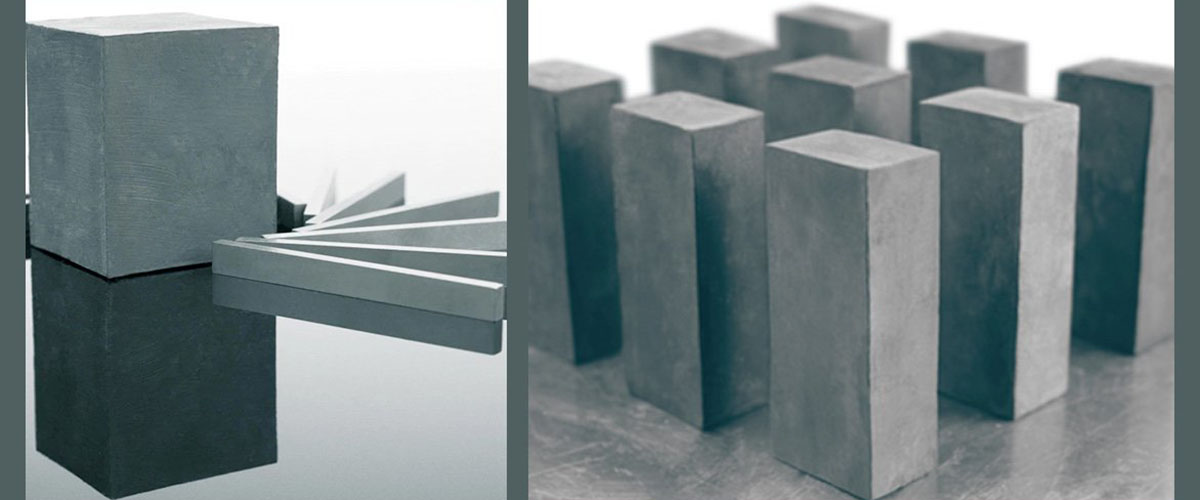
Researchers put little permanent magnets into large electromagnets to find out how to make them better.
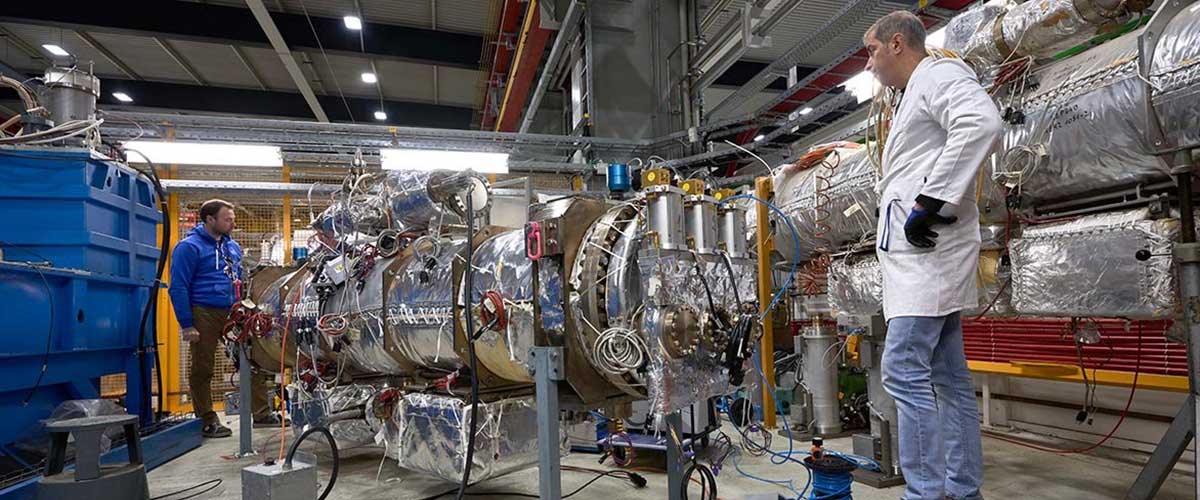
The world's largest particle collider is getting even larger, and magnet labs are helping lay the foundation.

Two MagLab teams tried marrying vastly different technologies to build a new type of magnet: the Series Connected Hybrid. Decades later, has the oddba…
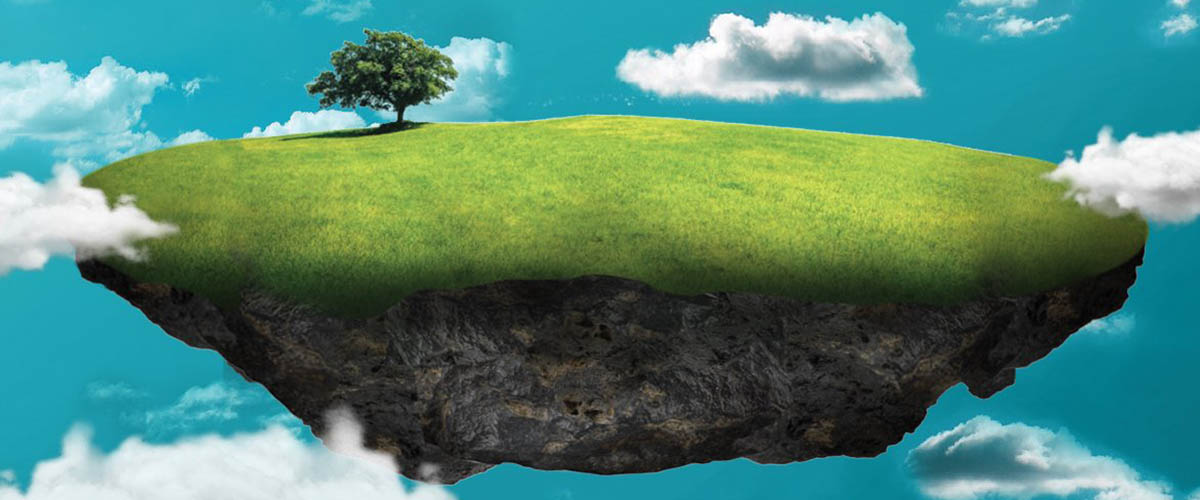
If engineers build stronger magnets, scientists promise they will come … and that discoveries will follow.

Several materials are in the running to build the next generation of superconducting magnets. Which will emerge the victor?
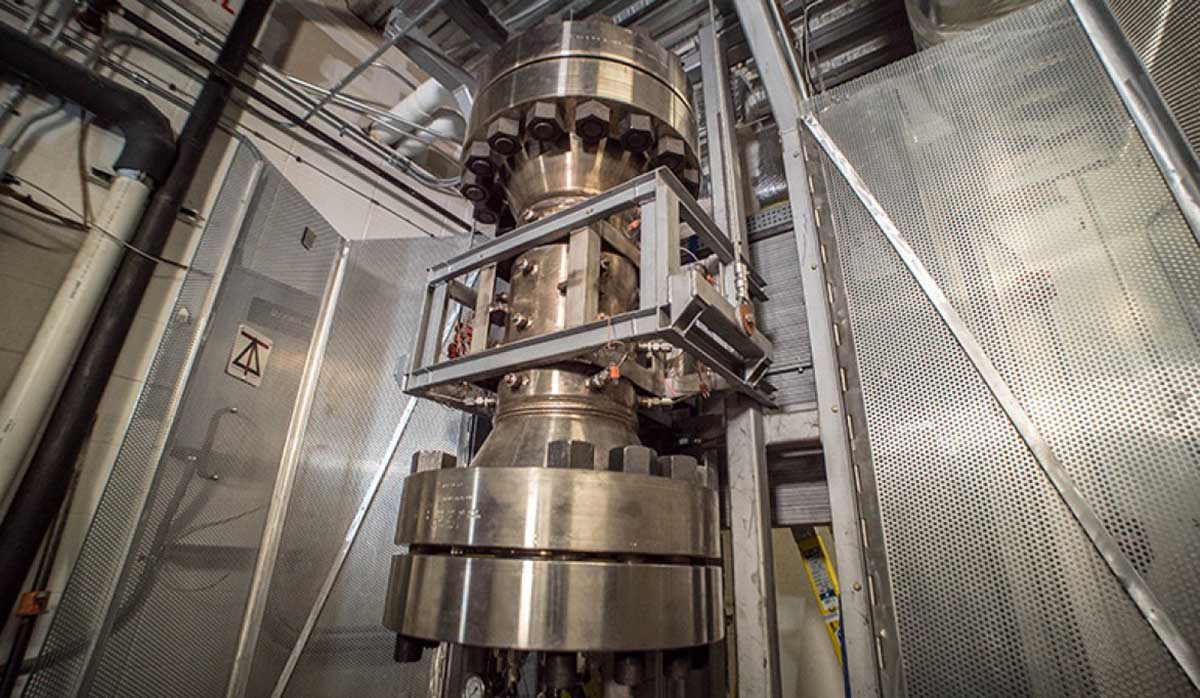
MagLab experts fine-tuned a furnace for pressure-cooking a novel superconducting magnet. Now they're about to build its big brother.
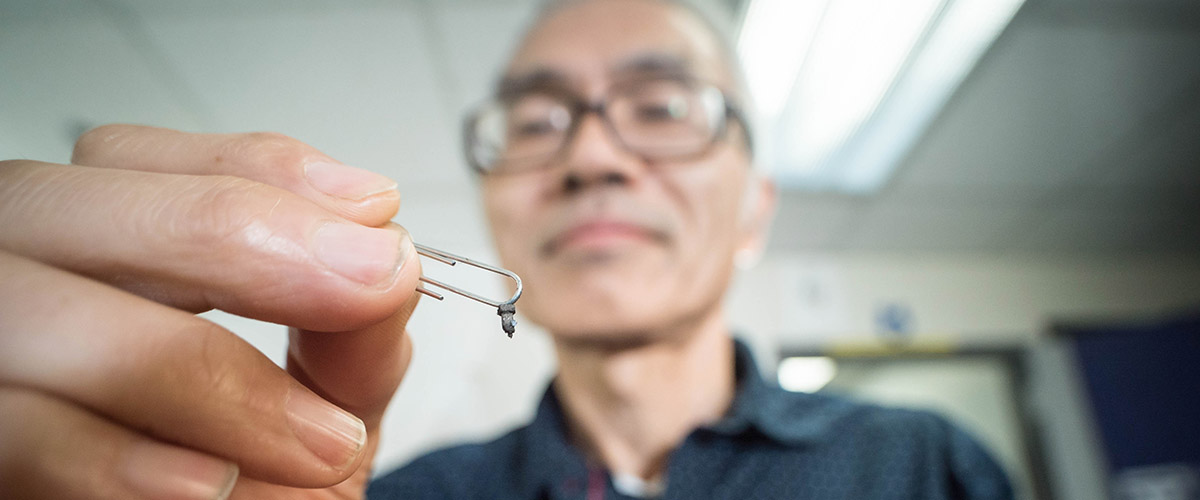
Using high-field electromagnets, scientists explore a promising alternative to the increasingly expensive rare earth element - neodymium - widely used…
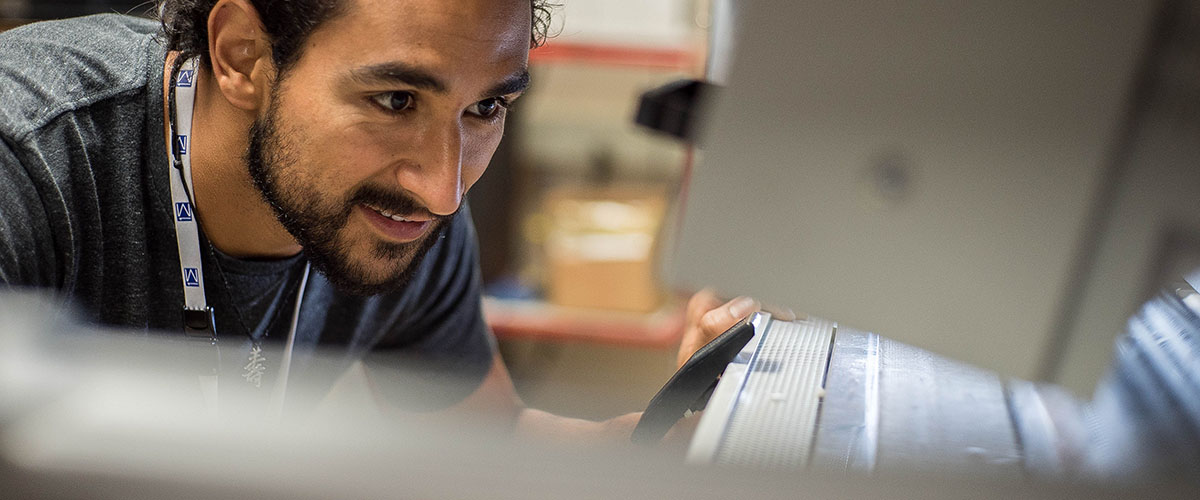
Looking for ways to make better superconductors for the next-generation particle accelerators, a young scientist homed in on how they were heat-treate…
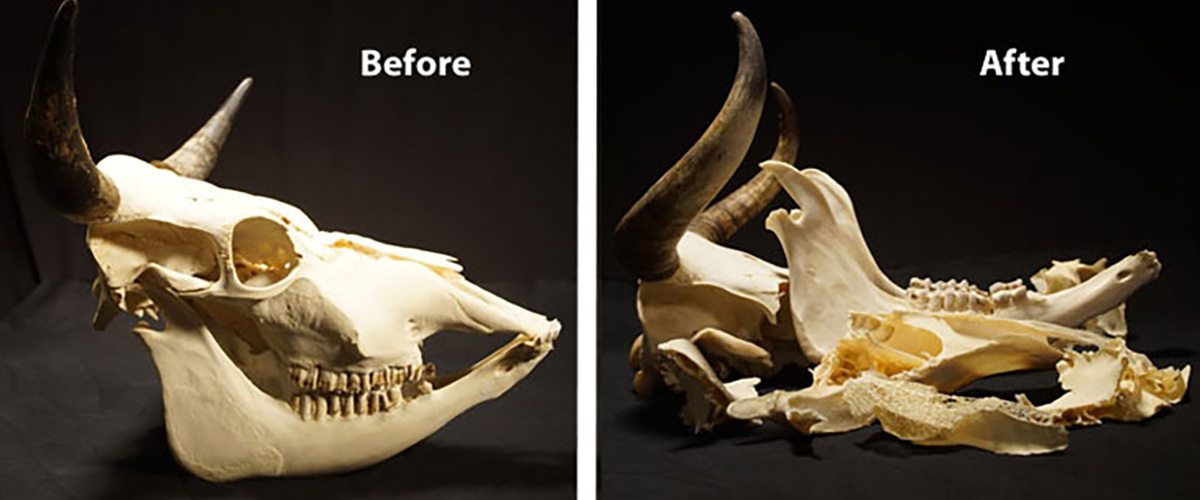
How do you measure the bite force of a prehistoric megabeast? At the National MagLab.
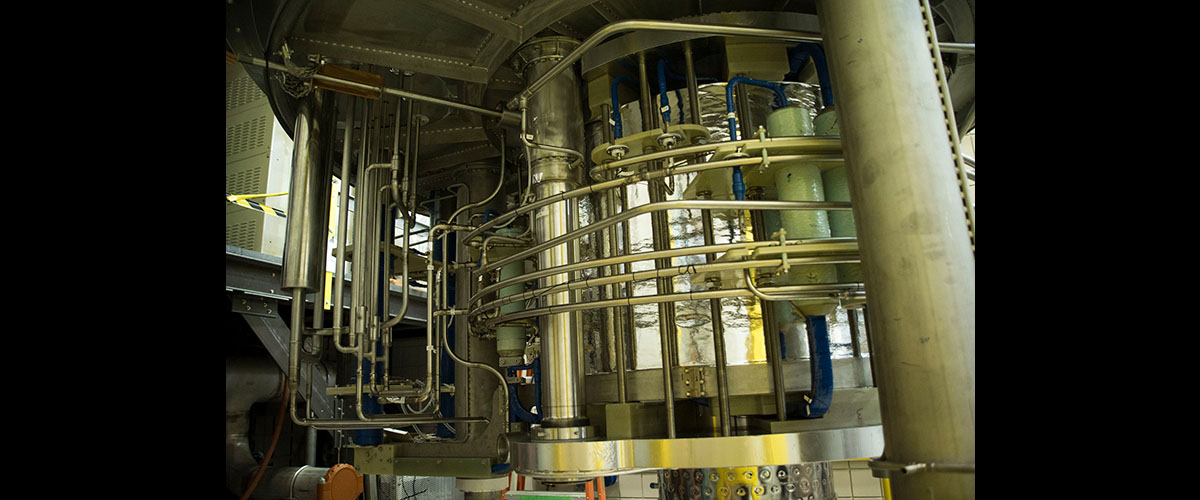
What is homogeneity and why is it so important to scientists? Learn how homogeneous magnets make data clearer by milking the magnetic field strength f…
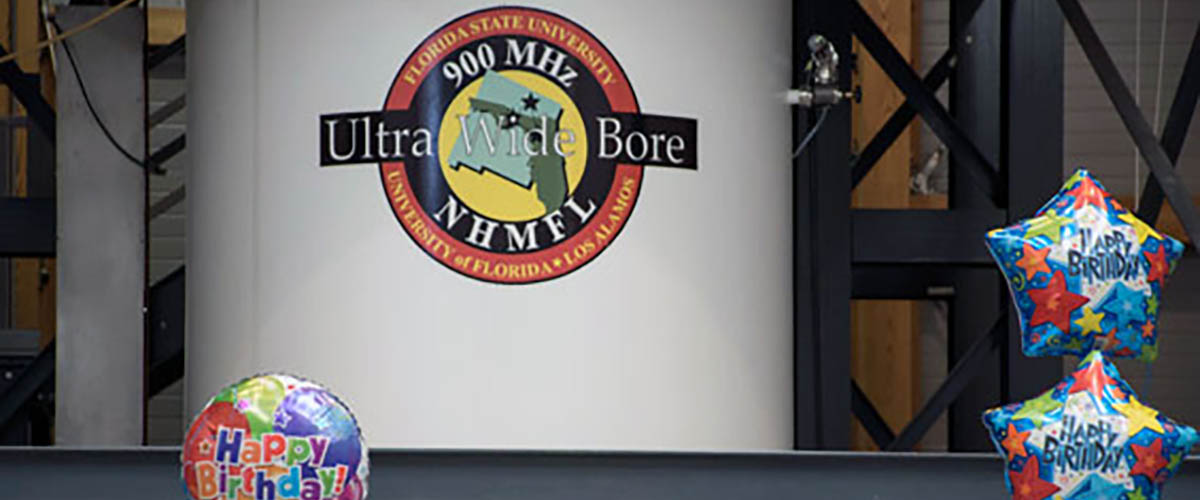
What are the ten coolest (and most surprising) things about the world's strongest MRI magnet?
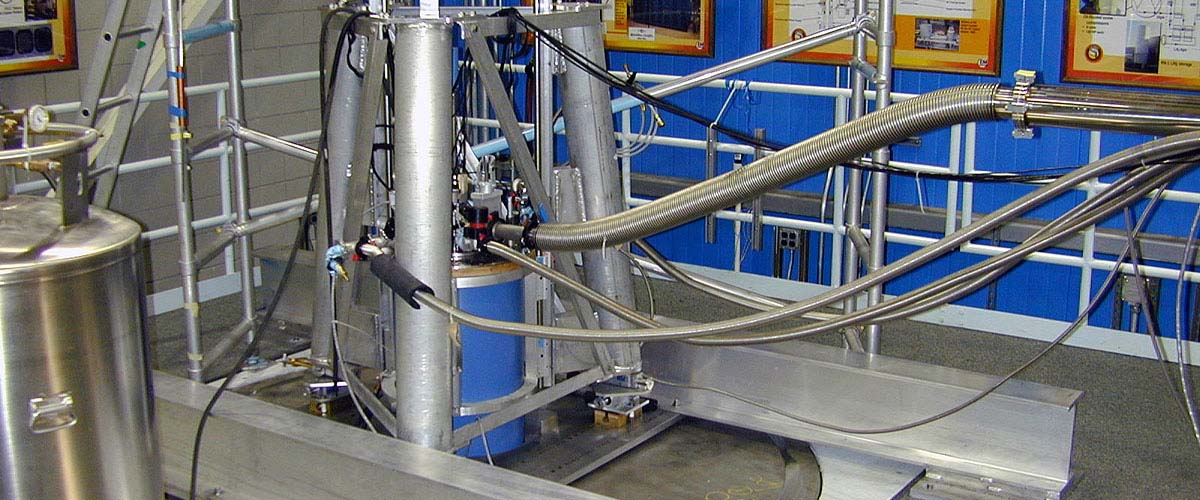
After a series of frustrating failures, a team of MagLab scientists realized they were tackling the wrong problem.
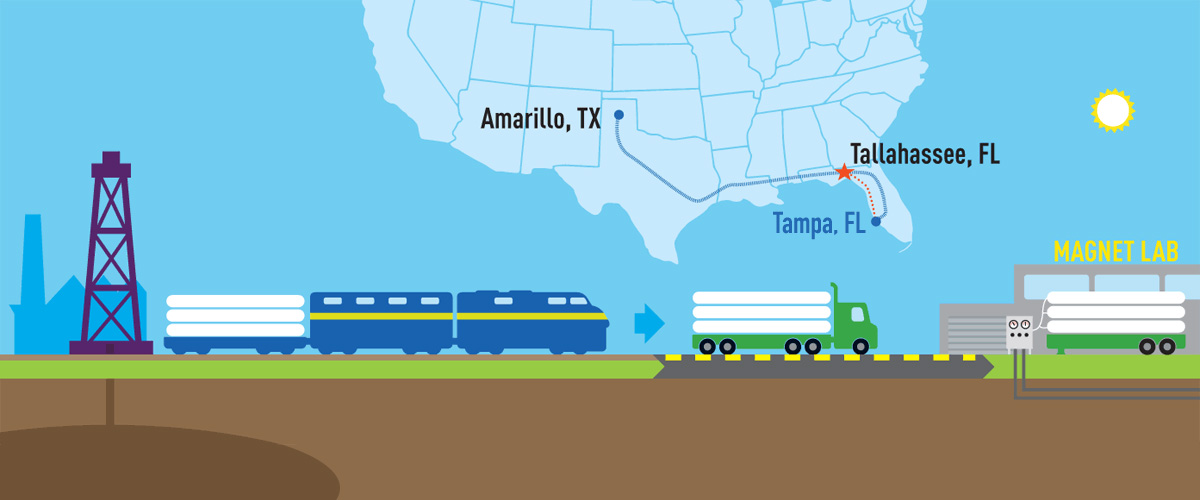
A helium-recovery project means major savings — and more focus on science.
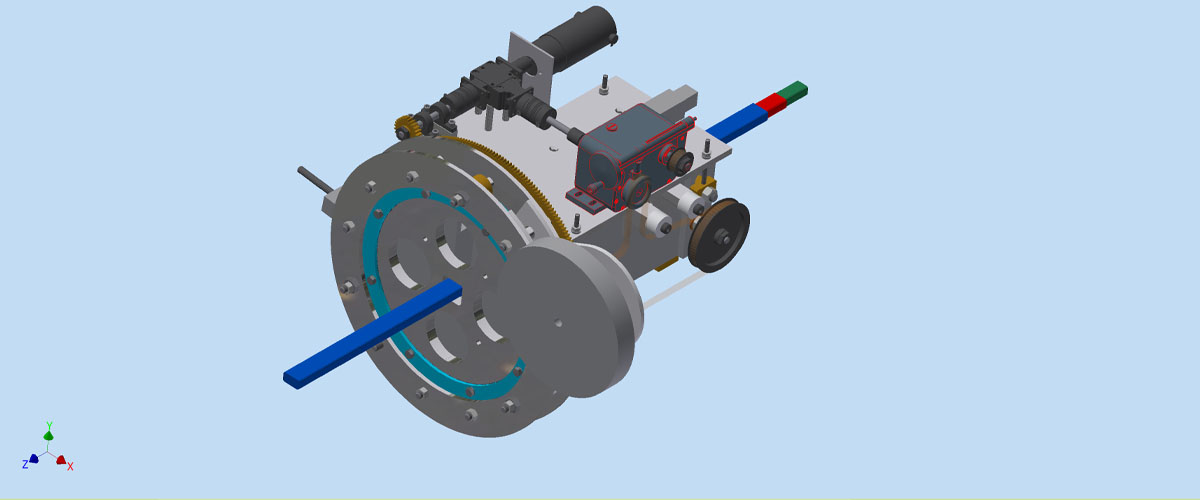
Two scientists put their heads together and created a machine that speeds along magnet production.
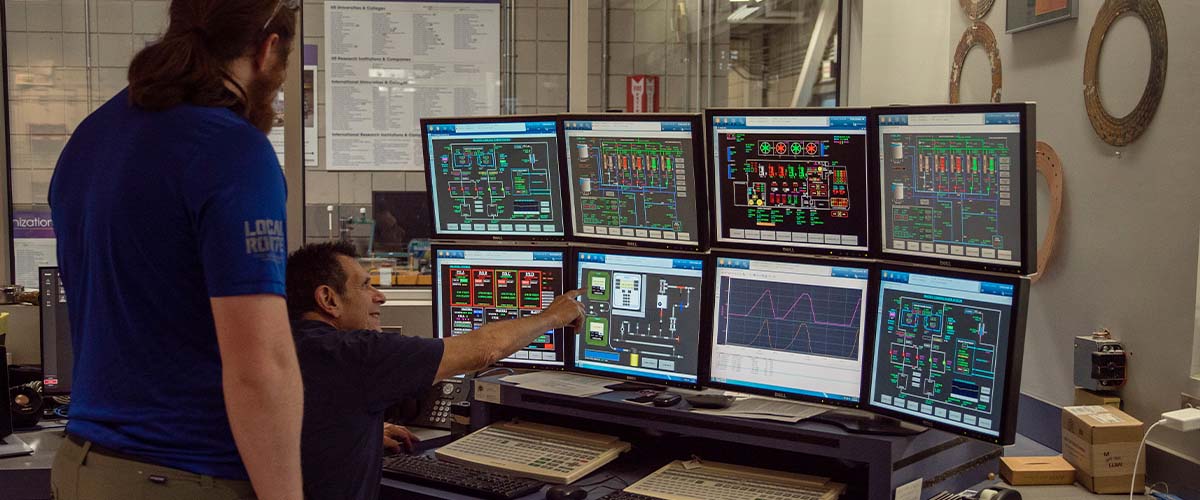
Our magnets are like world-class athletes: powerful, but to stay in scientific shape, they need to eat and drink – a lot.
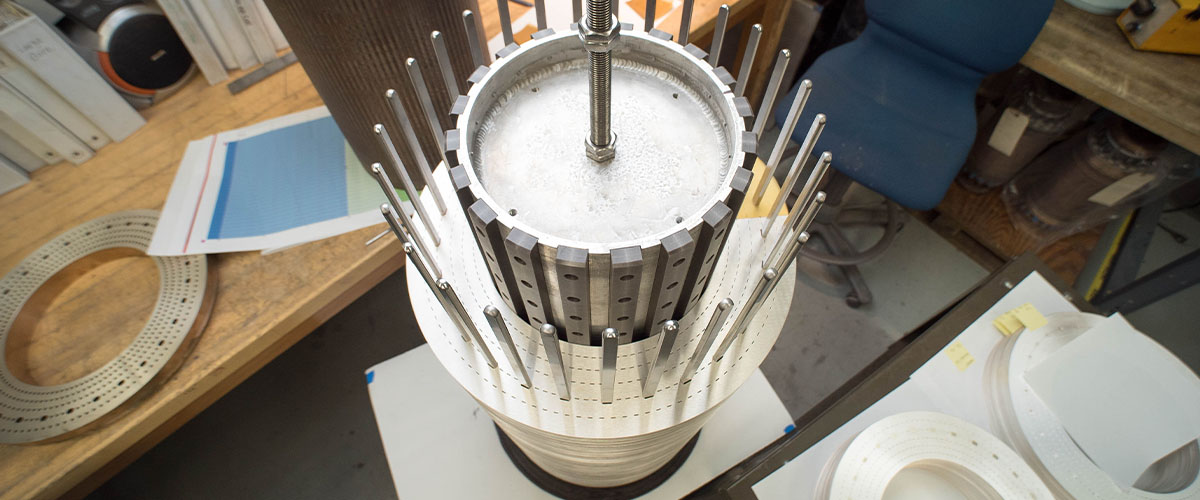
Building the world's best resistive magnets requires clever engineering, top-notch science, superior materials and an obsession with quality control.